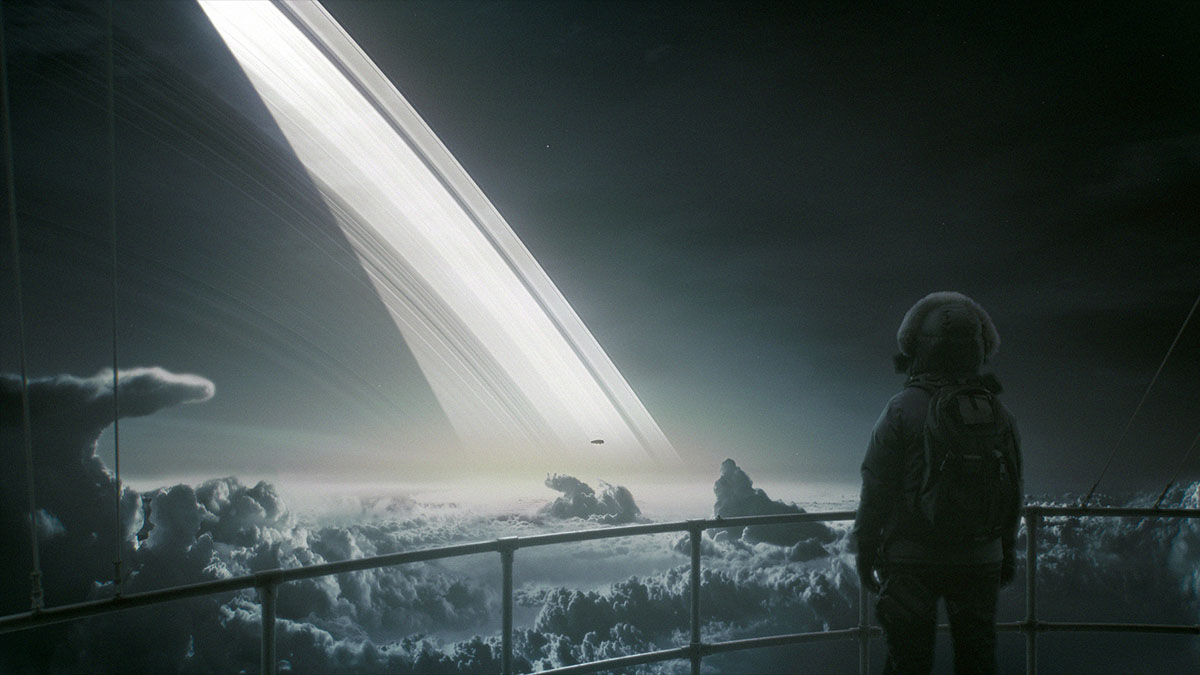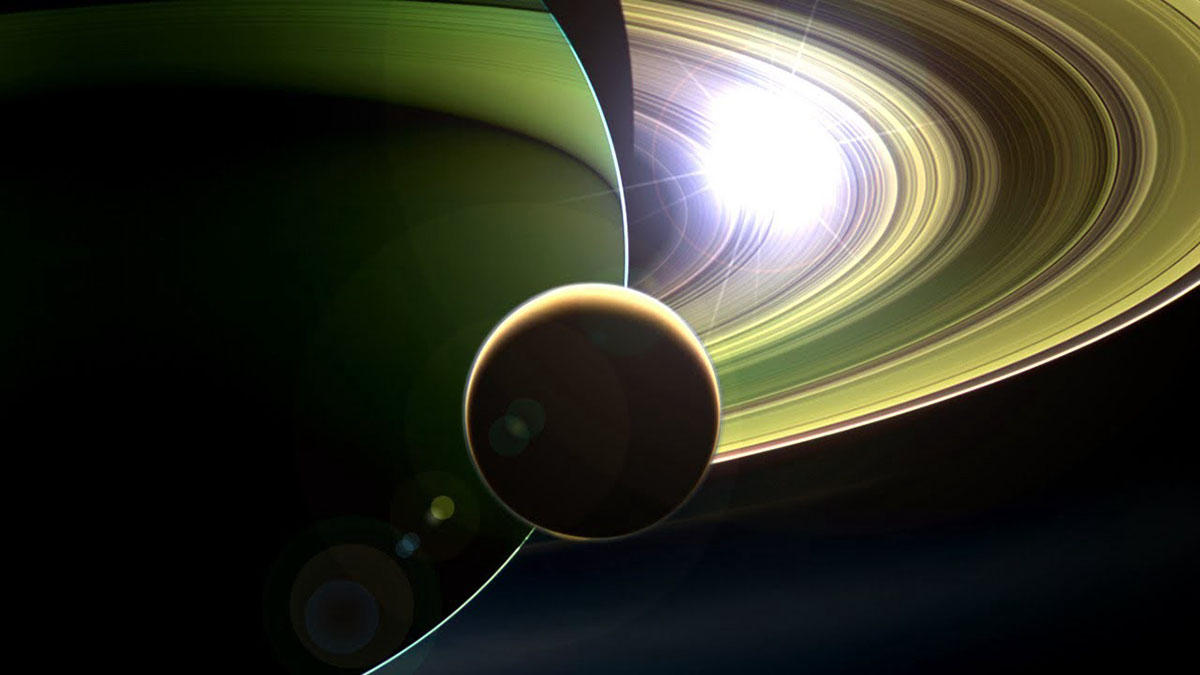why we may want to settle on the moon and titan before mars

After almost a century of writers, futurists, and engineers imagining humans settling on Mars, building the future of a multiplanetary civilization in the reddish sand, it seems inevitable that it’s the next world we settle when we have the technology. But before we start really planning for human exploration of the red planet by the sheer force of inertia, scientists have a warning for us. We shouldn’t be trying to settle on Mars just because it’s one of the closest and most Earth-like worlds in the solar system. Saturn’s moon Titan may actually be a much better world to for a first outpost because once you look past the travel time, many of the little gotchas that make Mars such a challenge simply don’t exist there.
For example, one of the things that makes Mars so inhospitable is the lack of a magnetic field and dense enough atmosphere to stop the shower of mutagenic UV rays. Even the hardiest, most radiation-resistant bacteria on Earth will die in 15 minutes under these conditions. We’d have to use shields of water or ice – which comes with its own special challenges on the red planet — and build most of our bases underground to have a shot at survival. Meanwhile, while Titan doesn’t have its own magnetosphere, it spends much of its time inside Saturn’s powerful magnetic field. And what radiation does manage to hit it gets absorbed by its dense, nitrogen-rich atmosphere.
The same thick atmosphere also means surface pressures are even higher than our bodies are used to, making explosive decompression in an emergency pretty much impossible. There’s also evidence of a global, sub-surface ocean and cryovolcanoes which erupt with cold water instead of lava, another must-have for long term habitation. Because there’s so much liquid on Titan, we wouldn’t have to worry about statically charged regolith contaminating every piece of our equipment and causing potential short circuits, getting into the astronauts’ bodies and doing long term damage, or complicating exploration with elaborate decontamination protocols. In fact, the only two downsides to Titan are the aforementioned travel time and the bone-chilling -290 °F or -179 °C temperatures.

Obviously, the trip would be much more complicated and require new methods of propulsion, but that’s already a requirement for Mars and any further exploration of the solar system, and we’re already busy working on new ideas and prototypes. Many of those prototypes are very likely to be tested on the Moon, which, to be fair, offers similar challenges to Mars with its lack of atmosphere and magnetic shielding, and pervasive regolith, but with one huge advantage. By being so close to Earth astronauts can literally see their home world out of their windows, any serious emergency requiring evacuation or outside help can still be handled within days while crews on Mars would be on their own.
It would be relatively trivial to keep sending fresh supplies and help to the Moon on a constant basis while using it as a staging ground for powerful rockets that will have six times more cargo carrying capacity thanks to the lower gravity, making our satellite the perfect place for dry runs of mission critical equipment. We could also rotate crews far more efficiently and much faster so we can limit their exposure to solar radiation. Missions measured in months instead of years would already be a huge help. By contrast, Mars would offer the worst of both worlds; all the problems of living and working on the Moon while being too far away to get new equipment, assistance, and supplies from Earth on demand.
If we do choose to take advantage of what Titan has to offer us as first time explorers instead of taking our chances on Mars, we’d have to launch the habitats and crews from the Moon, and use the low gravity and trip duration to build large, luxury spaceships that will simulate gravity, and make the journey far more comfortable and less damaging to the human body. Will it be expensive and complicated? Absolutely. Will it be worth it in the long run? As long as we use and maintain these craft, definitely. The bottom line here is that if we’re going to try building outposts on other worlds, let’s do it on worlds where we’ll get the most bang for our buck and minimize the biggest risks of living in alien environments.





